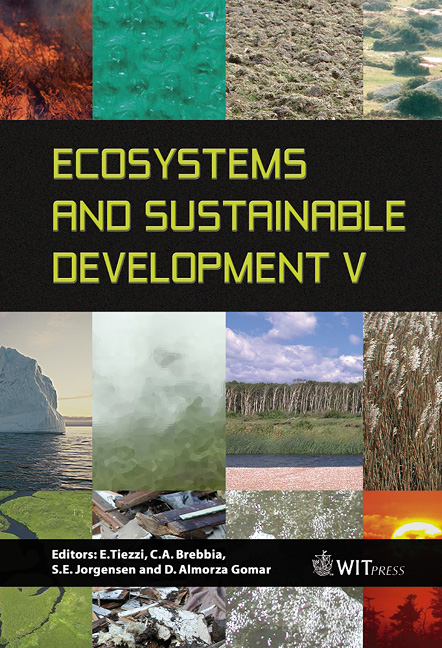Land Use In The Future – Needs And Limitations
Price
Free (open access)
Transaction
Volume
81
Pages
10
Published
2005
Size
385 kb
Paper DOI
10.2495/ECO050371
Copyright
WIT Press
Author(s)
R. Engström
Abstract
Suitable cropland is needed for production of food, forest products, bioenergy and other crops, and in all areas future projections have been made on the need for land. Projections of future contribution from biomass to the global energy system often take food production into consideration. But there is not only a conflict between different kinds of production: land has to be set aside also for protection of biological diversity. Saving species is important for reasons such as current and future commercial benefits, but also because of functional values of the ecosystems, to maintain productivity. In this study projections of future land use for different purposes are compared with total suitable land on a global scale. It discusses possibilities for realisation of the projections and potential strategies for making the fulfilment of the different needs compatible. Strategies for reducing land use are for example changed food consumption and energy saving measures. A main finding is that the available land can suffice for the needs according to the studied projections, but we might have to consider alterations for example in diet. Keywords: land use, biodiversity, bioenergy, food security, agriculture, silviculture. 1 Introduction The planet we live on has a limited land area, and there are many demands for this area. The land used for production purposes is primarily used for agriculture, but also silviculture is an important source of income for many countries. In the struggling for renewable energy sources bio fuels, both from agri- and silvicultural areas, are often proposed as an important contribution, in which case land will be used also for this purpose. In all of these areas: production of food, forest products and biomass for energy, projections are made on how much land
Keywords
land use, biodiversity, bioenergy, food security, agriculture, silviculture.





